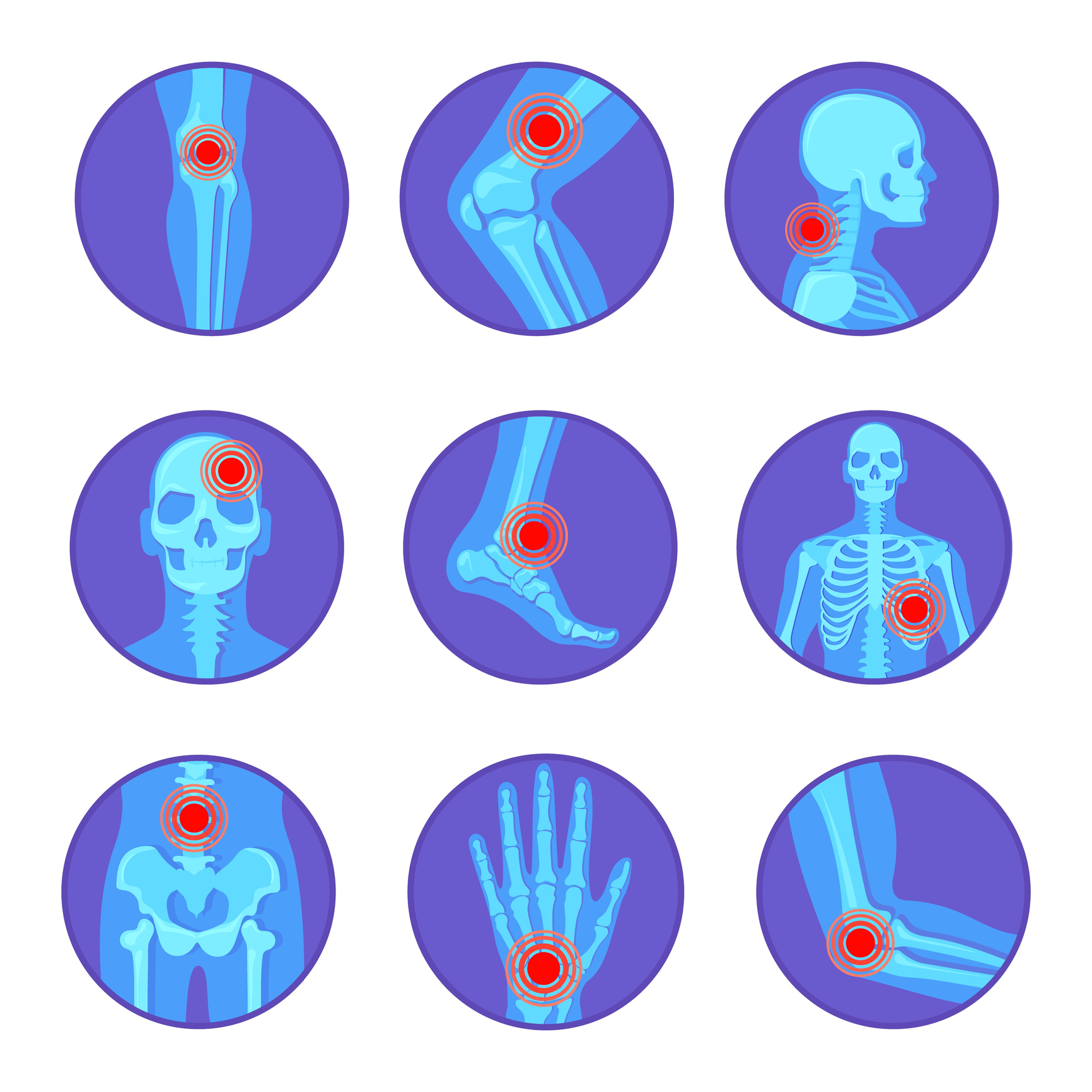Sjogren’s syndrome (SS) is a chronic autoimmune disease characterized by lymphocytic infiltration of the exocrine glands. It can be associated with other connective tissue diseases, including systemic lupus erythematosus (SLE).
This study aimed to determine the incidence of secondary SS (sSS) in patients diagnosed with SLE (SLE-SS) and compare the clinical and serological features of SLE-SS to SLE only.
A retrospective observational study including patients diagnosed with SLE (SLICC criteria) seen at the Rheumatology Department between 1990 and 2020 was performed. A total of 453 SLE patients were assessed for fulfilment of the criteria for SS using the European questionnaire and Schirmer test, fluorescein staining/non-stimulated whole-salivary flow, anti-Ro/La antibodies, and lip biopsy. Anti-Ro/SSA and anti-La/SSB antibodies and rheumatoid factor (RF) were measured at entry and at SS assessment. SLE-SS was defined according to the American-European Consensus Criteria (AECC). SLE-SS was defined as a case that initially only fulfilled SLE classification criteria but which exhibited disease progression during follow-up and then met classification criteria for sSS.
SLE-SS occurred in 11% of the SLE patients. In comparison to SLE-only patients, the SLE-SS group was older at inclusion and onset, and had a longer disease course. Sicca syndrome, oral ulcers, pulmonary involvement, and peripheral neuropathy were more frequent. Anti-SSA, anti-SSB, RF, and total IgG were higher in the SLE-SS group.
SLE-SS appears to be a subgroup of patients with distinct clinical and serologic features. The frequency of SLE-SS increases with age. Patients with SLE-SS have a higher frequency of oral ulcers, anti-Ro and anti-La antibodies, and a lower frequency of renal disease, anti-dsDNA antibodies, anti-SM, and lower C3 and C4 hypocomplementemia.
© 2021. Springer Medizin Verlag GmbH, ein Teil von Springer Nature.
Polyautoimmunity in systemic lupus erythematosus: secondary Sjogren syndrome.


